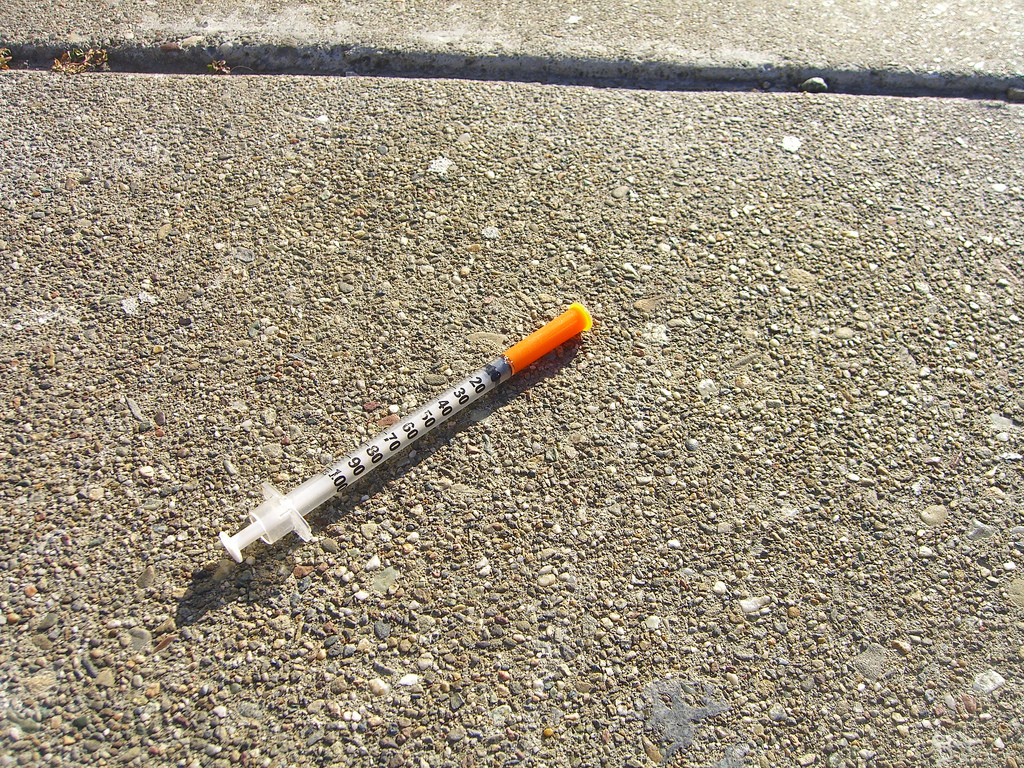
The following manuscript was published as part of the February 2019 Social Medicine theme issue.
“We went to the zoo last week. I never used to have the money to do things like that. The kids loved it.” Two months ago, the focus of our conversations shifted from cravings and withdrawal to stories about his kids. He also revealed his plan to go back to school — only three classes left to graduate.
I met Julian six months ago. He was the first patient I watched go through a buprenorphine/naloxone induction. My preceptor carefully guided him through a series of deeply personal questions: How old were you when you first started using? What is your drug of choice? Have you ever injected? How much? Have you ever traded sex for drugs? When did you last use?
The answer to that last question, I remember, was yesterday morning. I didn’t realize at the time, but his restless and sweaty body revealed as much. He had not used in 24 hours, because unlike me, he understood the need to be in withdrawal to start treatment. He had wanted to start today.
He told us about the friends and brother he had lost to overdoses. He had administered Narcan twice in his life; it only worked once. He wanted to quit, needed to quit. He told us about his two kids, ages five and three. Their mom left over a year ago and they needed him to stick around. He was determined this time.
In the subsequent months, Julian kept showing up to clinic. His weekly prescriptions became monthly. The daily buprenorphine/naloxone sublingual tablet curbed his cravings and allowed him to think about something other than where to find heroin. He used his extra money to take his kids to the zoo, and his extra time to consider going back to school. Buprenorphine is not the only drug to treat opioid addiction, but it is the one that worked for Julian.
Buprenorphine has been used to treat opioid use disorder (OUD) around the world since the 1990s and was FDA approved in the United States in 2002. Buprenorphine is an opioid partial agonist that is typically combined with naloxone, a pure opioid antagonist, to deter abuse. Unlike methadone, which is only found in highly regulated clinics, buprenorphine can be prescribed or dispensed by any physician with a waiver. In a survey by Substance Abuse and Mental Health Services Administration (SAMHSA) about the effectiveness of buprenorphine, patients and physicians reported an average of an 80% reduction in illicit opioid use. According to SAMHSA, only 60,262 doctors — less than 6% of physicians in the United States — are waivered to prescribe buprenorphine.
I chose to get waivered after meeting Julian. I cannot think of any other medication as life-changing or life-saving as buprenorphine. I have seen it reunite families, allow patients to go back to school, and prevent death. I cannot say the same for atorvastatin, a medication most primary care providers prescribe daily. We need to start treating opioid use disorder with the same commitment as other chronic illnesses.
Not all patients with opioid addiction experience the treatment success of Julian. Many patients struggle with housing insecurity, limited transportation, and lack of family or community support. It is not uncommon, especially in the beginning, for patients to relapse. Several years ago, treatment programs were more restrictive and legalistic. The recommendations for how we should respond to patients who relapse have thankfully evolved.
Annals of Internal Medicine recently published new evidence-based treatment recommendations for patients with opioid addiction. We now know that patients who relapse have not necessarily failed medication-assisted therapy (MAT), but should be offered additional support and resources. Drug testing should be a tool to support patients rather than a reason to stop treatment. Finally, providers should continue to prescribe buprenorphine for as long as it benefits the patient.
To my fellow residents, I encourage you to learn more about the treatment options for opioid addiction. Ask your residency program directors to provide training and waiver programs. No matter your specialty, there are opportunities to help your patients with opioid use disorder, from the man requesting pain medication in clinic to the woman in withdrawal admitted for endocarditis. As the number of deaths from opioid overdoses rises, so too should the number of physicians treating opioid use disorder. We are the generation of doctors called upon to curb this epidemic.
Image source: Another Needle by Eric Molina licensed under CC BY 2.0.


